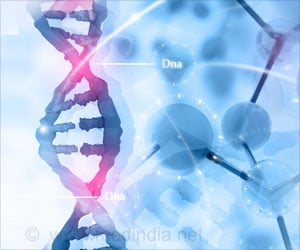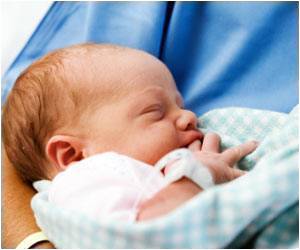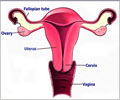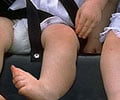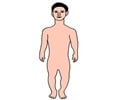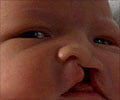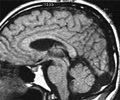Esophageal atresia is a congenital defect. The United States Food and Drug Administration (USFDA) has authorized the first medical device for its treatment.
- Esophageal atresia is a congenital defect in which the esophagus does not develop properly.
- FDA has approved a new medical device “Flourish Pediatric Esophageal Atresia Anastomosis” to treat esophageal atresia.
- The device closes the gap between the upper and the lower esophagus in babies below the age of 1 year.
The esophagus is a tube that usually carries food from the mouth to the stomach. Esophageal atresia is a digestive system disorder in babies. Esophageal atresia is a congenital defect where the esophagus is not developed properly. It is a condition often accompanied by other defects. Esophageal atresia is often treated by a surgery so that the lungs are not damaged and the baby can be fed.
- Cyanosis(bluish coloration of the skin)
- Drooling
- Poor Feeding
- Coughing and choking during attempted feeding
How Does the Device Work?
The medical device developed for esophageal atresia uses magnets to close the gap between the upper and the lower esophagus and allows the food to enter the stomach.
During the procedure, to insert the medical device, doctors insert two catheters, one through the mouth and the other through the stomach.
The magnetic ends of the catheters attract each other and close the gap of the esophagus within several days. A connection is formed between the two ends of the esophagus and once the catheters are removed, the infants can begin to feed by mouth.
William Maisel, M.D., M.P.H., director of the Office of Device Evaluation in the FDA’s Center for Devices and Radiological Health, said, “This new device provides a non-surgical option for doctors to treat esophageal atresia in babies born with this condition.”
The FDA has reviewed data through the humanitarian device exemption (HDE) process. The Humanitarian Use Device (HUD) is a device that intends to benefit patients by treating or diagnosing a disease that affects less than 8000 individuals in the United States every year.
The data that supports the safety and benefit of medical device was collected from 16 patients who had the device implanted.
The findings revealed that all of the infants had a successful joining of the esophagus within three to ten days after receiving the device.
Around 13 of the 16 patients developed a complication that could cause anastomotic stricture (narrowing of the esophagus).
Anastomotic stricture often requires a balloon dilatation procedure, a stent or both to repair. This could also occur from traditional surgery to repair the condition.
Potential Complications
- Ulceration or irritation of the tissues around the catheter that is inserted into the stomach
- Gum irritation due to the pressure from the oral catheter
- Long-term complications like gastroesophageal reflux(digestive disorder)
- Contraindicated in babies who have the tracheoesophageal fistula or esophageal segments which are more than 4cms apart.
- Should not be used in patients older than one year of age or babies with teeth as it could damage the catheter.
- FDA authorizes use of new device to treat esophageal birth defect in babies - (https://www.fda.gov/NewsEvents/Newsroom/PressAnnouncements/ucm558241.htm)
- Esophageal atresia - (https://medlineplus.gov/ency/article/000961.htm)
Source-Medindia




